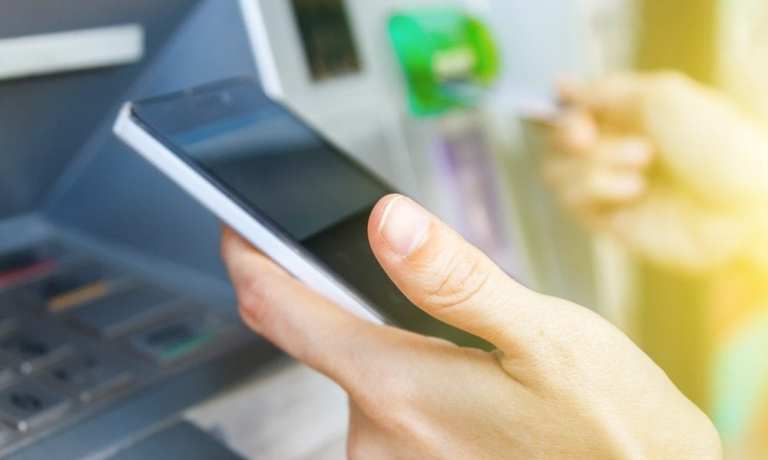
Evolving technology continues to provide consumers with new digital payment options, but does that mean the death of cash and the ATM as we know it?
Probably not.
In fact, as banking services continue to advance, ATMs promise to take even bigger roles in the digitally-integrated ecosystems of the modern financial services industry.
In a new PYMNTS interview, Octavio Marquez, SVP and managing director of banking Americas at Diebold Nixdorf, discussed the changing landscape of digital and mobile banking. He also talked about the role that new generations of ATMs are playing and will play as more consumers adopt mobile banking, move away from cash and seek more intersection points between digital payments and physical currency.
“The self-service channel is evolving,” he said. That’s thanks not only to consumer demand but the realization by banks that mobile and online channels can bring new efficiencies to financial institution operations.
Digital Push
That push into more digital services for financial institutions was reflected in late 2015 when news emerged that Diebold, the automated teller machine company based in the United States, planned to acquire Wincor Nixdorf AG, the German ATM firm, for $1.8 billion. The combination was designed to allow both companies to push further into the digital payments sector, with less reliance on hardware, which has been marked by declining prices. And both companies would be able to step up software and IT development, in addition to giving Diebold greater presence beyond the United States, particularly in Europe.
Among the fruits of the deal is the recent launch of Diebold Nixdorf’s DN Series ATM line, which some 18 financial institutions in 13 countries are piloting. The machines are designed to handle a variety of functions that go beyond relatively basic ATM tasks — cash recycling, for instance, and the leverage of Big Data analytics (which can provide predictive maintenance guidance) and Internet of Things capabilities. The modular design of the machines also allows relatively quick upgrades to the devices in the field, and that’s one of the key traits that will enable the DN Series to adapt to future changes in the banking and financial service ecosystem, Marquez told PYMNTS.
As he told it, if a bank were to buy one of these machines with a card reader module, but in the coming few years decide to equip that particular device with, say, near field communication (NFC) or biometric authentication capabilities, it would be a matter of simply switching out a module, he said. “And you can so do without really disturbing the machine,” Marquez added.
Contextual Banking
As banking and financial services rise to meet the demands of increasing mobile consumers, personalization also comes into play — via a trend often called contextual banking.
The general idea is to configure a device — including an ATM — in such a way to reflect specific market or consumer desires. For instance, Marquez said that one of these newer ATMs can be deployed at a sports arena and not only flash the team colors on its screen to gain consumer attention, but offer as a first option cash withdrawals — the theory being that such ATM customers want physical currency to buy drinks and food, including from the stands.
“That saves time, and reduces lines,” he told PYMNTS. Not only that, but such functions underscore how the rise of eCommerce and mobile payments — and all the consumer behavior data behind them — have pretty much trained consumers to expect at least some degree of personalization at all times and in all instances.
More broadly, the new ATM technology speaks to the evolving role of those devices in the broader retail, payments and financial services ecosystem.
“Plenty of FinTech companies are looking for a way to build a bridge between digital and [the] physical world of cash,” Marquez said. The rise of P2P payments provides one motivation for that: Consumers might want to convert their digital funds into physical cash for various reasons. “Clearly the ATM can be that intersection point,” he said. Indeed, he added, it’s best to think of ATMs going forward as not so much about the hardware, but about software and APIs and the possibilities of integrating it all in service of more connections and use cases.
As mobile banking and financial services have evolved, so has the ATM, and you can expected those devices to become ever more personalized and capable of multiple types of transactions.